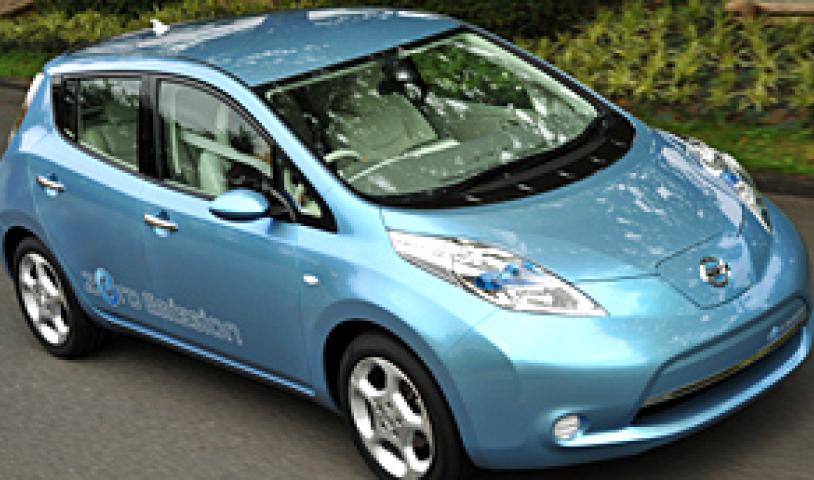B.C. has hydro for millions of vehicles: study
Wednesday, November 4, 2009
There's enough under-used capacity in British Columbia's power grid to charge 2.5 million electric vehicles, almost the number of vehicles on B.C. roads right now, a new study suggests.
The study by the Pacific Institute for Climate Solutions says British Columbia's light-duty fleet — private cars, vans and pickup trucks totals about 2.54 million vehicles.
Even if almost all of them were replaced by plug-in electric vehicles, which wouldn't happen for at least 50 years under the most optimistic forecast, the existing power grid could easily handle them even in winter, when demand is heaviest, the study says.
"In the summer, when there is much more spare capacity, the grid could theoretically support over 8.8 million vehicles," says the study by four researchers from the University of Victoria's Institute for Integrate Energy Systems.
Cars could recharge overnight
The grid, which gets 90 per cent of its power from hydro dams and other renewable sources, can easily recharge vehicles from B.C. commuters, whose median daily round trip is just 13 kilometres — and under 10 kilometres for 40 per cent of them.
Most would be recharged overnight when demand for electricity dropped off drastically.
But managing a growing volume of plug-in electric vehicles isn't a simple equation, the researchers report.
BC Hydro, through its Powerex subsidiary, profitably exports stored low-cost hydro power to the United States and neighbouring provincial utilities at peak daytime periods while importing cheaper Alberta power overnight.
That profit margin might shrink if thousands of electric cars started using power overnight, leaving less in reserve for peak-demand exports.
Study co-author Curran Crawford said Hydro operations staff connected with electric-vehicle development reviewed the study but the researchers didn't talk to the marketers at Powerex.
Plug-in electric cars are still a relatively small share of the overall power market, he said.
Cars could give back into grid
"I think it is something that's on their radar," Crawford said in an interview.
Crawford said much of the off-peak imported power comes from Alberta's coal-fired generators, purchases that will likely be phased out under a B.C. government policy of requiring green-energy self-sufficiency by 2016.
"So there would probably be constraints from that perspective as well," he said.
Technology will help address some of these issues, the study says.
So-called smart meters will determine the best time to recharge based on the lowest cost of power to the consumer and load on the grid.
Units are also being developed to allow the utilities to regulate charging, which opens the door to two-way power transmission — so-called vehicle-to-grid applications.
That means the vehicle owner could sell power stored in the car's battery back to the system when needed, and the network of plugged-in vehicles would act as a buffer for the entire system.
